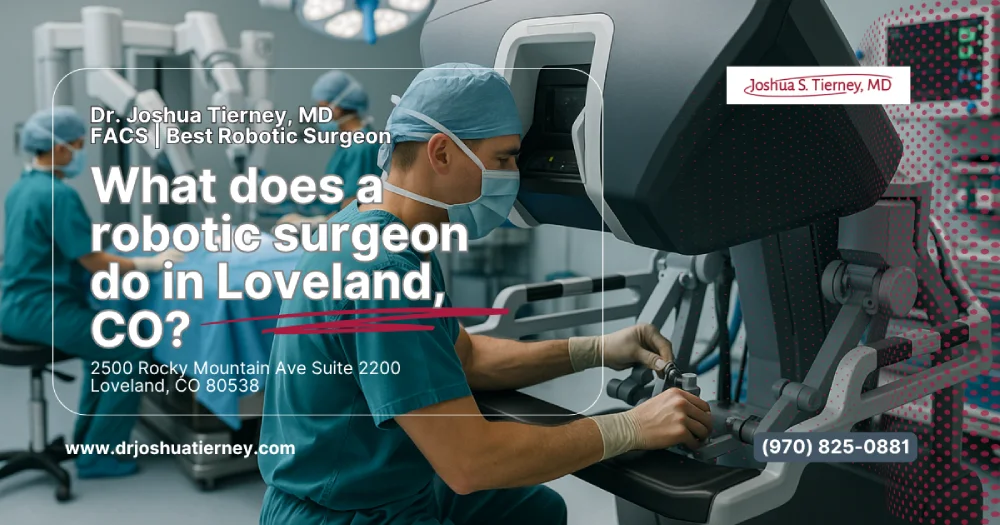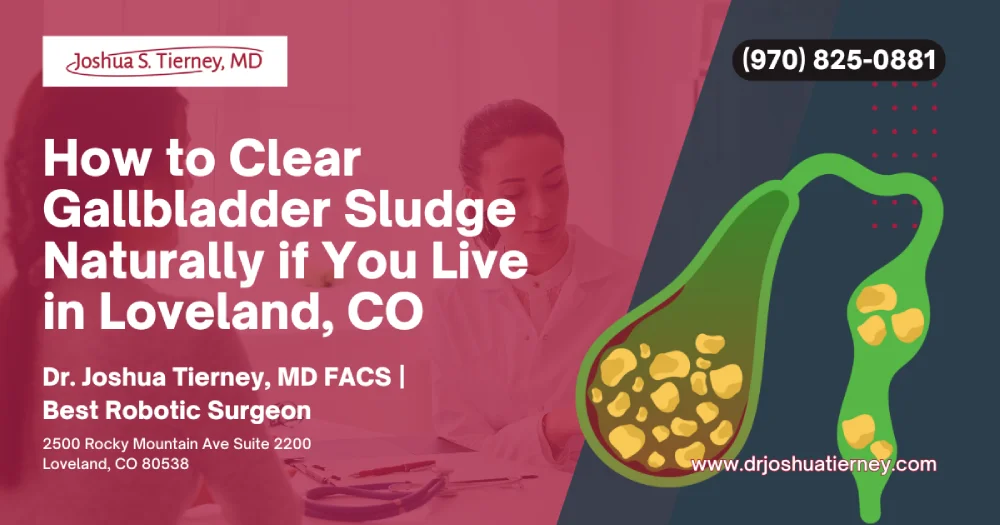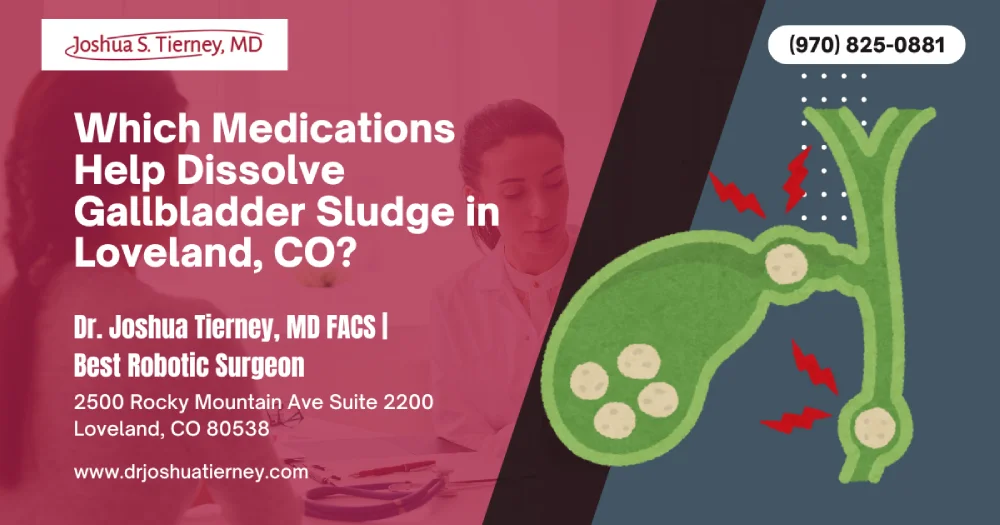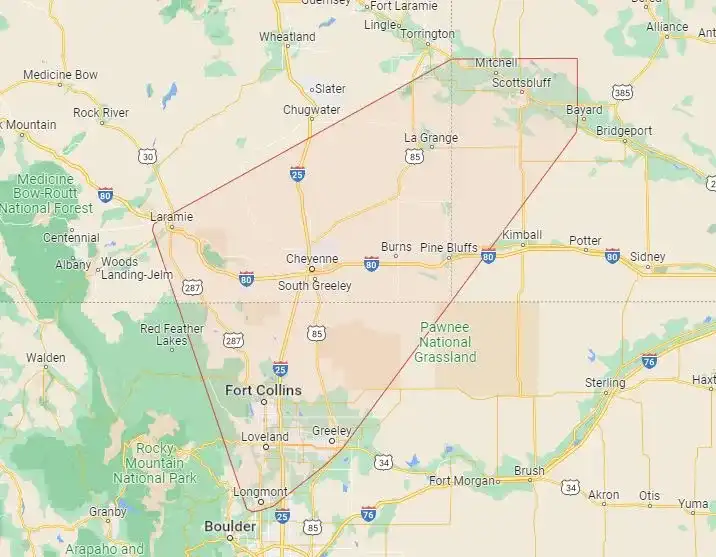If you live in Loveland or anywhere in Northern Colorado, you have probably heard friends talking about “the robot” repairing a hernia or removing a pancreatic tumor through tiny incisions. But what does a robotic surgeon like Joshua Tierney, MD—a board-certified general and HPB surgeon—actually do inside the operating room?
At its core, robotic surgery is simply a tool. A robotic platform controlled by the surgeon magnifies vision, filters tremor, and allows wrist-like articulation that open surgery and even traditional laparoscopy cannot match. By combining advanced engineering with the qualifications and experience of a fellowship-trained surgeon, patients benefit from smaller wounds, shorter hospital stays, quicker recovery, and often a faster return to work.
Key Takeaways
- A robotic surgeon guides miniature instruments from a 3-D console, converting every hand movement into micro-motions inside your body.
- Dr. Joshua Tierney is a qualified and experienced surgeon whose surgery clinic is well equipped with state-of-the-art medical equipment for robotic surgery at the UCHealth Surgical Clinic.
- Common operations include hernia repair, gallbladder removal, colorectal cancer resections, gynecologic procedures, and complex hepatobiliary and pancreatic (HPB) surgery.
- Smaller incisions mean less pain medication, lower infection risk, and faster recovery compared with cutting open the abdomen in traditional open surgery.
- You are never treated by an autonomous machine; the robotic arm only moves when the surgeon moves.
How Robotic Surgery Works in a Modern Loveland Medical Center
Robotic surgery blends the best of minimally invasive laparoscopic surgery with cutting-edge robotics. Here’s how the technology has enabled safer, more precise surgical care in Northern Colorado.
1. Surgeon Console
The surgeon sits at an ergonomic console, viewing a high-definition, 3-D screen that magnifies anatomy up to ten times. Finger grips translate movements into precise signals sent to the robotic arms.
2. Patient-Side Cart With Robotic Arms
Three or four robotic arms dock to ports placed through tiny incisions—often less than one centimeter. Each arm holds a specialized instrument or endoscopic camera.
3. Vision System and Integrated Software
The camera delivers brilliant visualization while the software filters tremor. Because the platform is entirely controlled by the surgeon, safety overrides stop all motion if the surgeon’s head moves away from the viewer.
The Difference Between Laparoscopic and Robotic Platforms
Traditional laparoscopy uses long, straight tools with limited degrees of freedom. A robotic platform adds wrist-like articulation that rotates 540°, enabling complex suturing, dissection around nerves, and maneuvering deep within the pelvis. In experienced hands, robotic technology expands minimally invasive treatment options once reserved for open surgery.
Robotic Surgical Procedures Offered in Loveland
Not every operation requires a robot, yet Loveland surgeons increasingly employ robotic techniques across multiple specialties.
General Surgery
- Robotic hernia repair (inguinal, ventral, hiatal)
- Cholecystectomy for gallbladder disease or biliary dyskinesia
- Colon and rectal surgery for diverticulitis, inflammatory bowel disease, or colorectal cancer
- Complex gastrointestinal surgery that previously demanded a long midline incision
Hepatobiliary and Pancreatic (HPB) Surgery
Dr. Tierney completed advanced fellowship training in hepatobiliary and pancreatic surgery, giving him the skills to tackle challenging tumors and cystic lesions. Robotic pancreatic surgery and biliary surgery allow:
- Pancreaticoduodenectomy (Whipple) for pancreatic cancer or neuroendocrine tumors
- Distal pancreatectomy for tumors in the pancreatic tail
- Bile duct reconstruction or removal of choledochal cysts
- Liver resection for metastatic colon cancer
Gynecologic & Women’s Health
Robotic hysterectomy, myomectomy, and pelvic prolapse repairs offer shorter hospital stays and less post-operative pain.
Urology & Thoracic Surgery
Robotic prostatectomy, partial nephrectomy, and lung lobectomy benefit from meticulous dissection around delicate structures, preserving function.
Orthopedics
Robotic arm-assisted partial knee replacement aligns implants with sub-millimeter accuracy, prolonging implant life and supporting a quicker recovery.
Why Qualifications and Experience Matter
Robotic outcomes correlate strongly with surgeon experience. Dr. Joshua Tierney is board-certified in general surgery, fellowship-trained in HPB surgery, and has performed hundreds of robotic procedures across leading Northern Colorado surgical facilities. This blend of credentials, case volume, and dedication to continuous education positions him among the most experienced surgeons in the region.
Benefits of Minimally Invasive Robotic Surgery
Smaller Incisions & Cosmetic Appeal
Four or five tiny incisions—sometimes called “keyholes”—replace the six- to twelve-inch scar of open surgery. Less tissue damage means reduced pain and fewer wound complications.
Reduced Blood Loss & Infection Rate
Published studies show 20–50% fewer transfusions and infections in many robotic operations, particularly in colon, gynecologic, and pancreatic cases.
Faster Recovery and Return to Work
Because muscle layers remain intact, patients often leave the hospital after one night (or even the same day) and resume normal activities in half the time of open surgery.
Enhanced Precision in Complex Procedures
For pancreatic cancer or bile duct tumors, a few millimeters determine cancer-free margins. Wristed articulation and high-definition visualization allow meticulous dissection around blood vessels, reducing the need to convert to open surgery.
Step-by-Step Journey Through Robotic Surgery
Pre-Operative Planning
- Detailed imaging—CT scan, MRI, or ERCP for biliary disease.
- Multidisciplinary discussion with medical oncology, gastroenterology, and radiology for complex cancer surgery.
- Enhanced Recovery After Surgery (ERAS) protocols: carbohydrate drink the night before, clear pre-op instructions, and nicotine cessation to improve postoperative outcomes.
In the Operating Room
- Anesthesia places arterial lines or epidurals for large HPB cases.
- The team docks the robotic arms while the surgeon tests range of motion.
- Throughout the surgical procedure, bedside assistants control suction, staplers, and specimen retrieval.
Post-Operative Care
- Walking the hallway within six hours promotes gastrointestinal motility.
- Liquid diet advances to low-fat or low-fiber depending on the operation (pancreas vs. colon).
- Discharge criteria: pain controlled on oral medication, tolerating diet, and stable vitals.
Loveland Facilities Offering State-of-the-Art Robotic Technology
UCHealth Surgical Clinic – Loveland
Tierney performs complex GI and HPB surgery here, supported by nursing teams trained specifically in robotic protocols.
Collaborative Care Across the Northern Front Range and Eastern Plains
Patients from Fort Collins, Greeley, and even the eastern plains travel to Loveland because the region houses one of Colorado’s most robust robotic surgery networks, backed by tele-mentoring links to academic centers for continual skill refinement.
Comparing Open, Laparoscopic, and Robotic Approaches
| Aspect | Open | Laparoscopic | Robotic |
| Incision Length | 6–12 in | 3–5 ports | 4–5 ports <1 cm |
| Visualization | 2-D | 2-D limited | 3-D HD |
| Instrument Motion | Straight, rigid | Limited angles | Wrist-like 540° |
| Hospital Stay | 4–6 days | 2–3 days | 0–2 days |
| Return to Work | 4–6 weeks | 2–3 weeks | 1–2 weeks |
Future Directions in Robotic Surgical Care
Single-Port Systems
New single-port robots funnel multiple instruments through one belly-button incision, providing virtually scar-less outcomes.
Haptic Feedback
Research studies are integrating tactile sensors so surgeons can “feel” tissue resistance, crucial when controlling delicate pancreatic duct tissue.
Augmented Reality & Artificial Intelligence
Real-time CT overlay on the robotic console promises pinpoint tumor localization, while AI may soon suggest optimal dissection planes during complex general surgery.
Treatment Options Continue to Expand
Clinical trials now evaluate robotic approaches to bariatric revision, adrenal tumors, and even heart valve repair—expanding the toolbox for Loveland and Northern Colorado patients seeking minimally invasive techniques.
Conclusion: Choosing the Right Robotic Treatment Option
Robotic surgery in Loveland delivers the convergence of technology and human expertise. When you work with a board-certified, fellowship-trained surgeon like Dr. Joshua Tierney, you gain access to state-of-the-art medical equipment, a dedicated multidisciplinary team, and a personal commitment to compassionate care. Whether you need gallbladder removal, colorectal cancer resection, or complex HPB surgery, the robotic platform—in the hands of an experienced surgeon—can offer shorter hospital stays, smaller incisions, and a faster, safer recovery.
Ready to learn whether robotic surgery is right for you? Schedule a consultation at Dr. Tierney’s UCHealth Surgical Clinic and start the conversation about returning to life sooner—with fewer scars and greater confidence.
Frequently Asked Questions
What makes a surgeon “board-certified in general surgery,” and why does it matter for robotic procedures?
Board certification means the surgeon passed rigorous written and oral exams administered by the American Board of Surgery and maintains ongoing education. For robotic surgery, certification proves foundational knowledge of anatomy, safety, and ethics before the surgeon even touches a robotic arm, giving patients an extra layer of confidence.
Are robotic surgeries at McKee Medical Center covered by insurance?
Yes. Insurance companies view robotic surgery as a technique, not a separate operation code, so coverage mirrors traditional laparoscopic or open procedures. Always confirm in-network status for the surgeon, facility, anesthesia, and pathology to avoid unexpected bills.
How does robotic pancreatic surgery differ from standard laparoscopic pancreatic surgery?
Standard laparoscopy lacks wristed motion, making suturing of tiny pancreatic ducts challenging. Robotic instruments articulate like a human wrist, allowing meticulous reconstruction, which reduces the risk of postoperative leak and supports shorter hospital stays for pancreatic cancer or cystic lesions.
Will the robot perform surgery on its own if the surgeon steps away?
No. The robot is entirely passive. If Dr. Tierney lifts his head from the console viewer, the system locks in place. Built-in safeguards prevent any autonomous movement, ensuring total human control throughout the surgical procedure.
Can robotic surgery help people with recurrent hernias after open repairs?
Absolutely. The robotic platform’s enhanced visualization and articulation enable precise dissection of scar tissue and placement of large mesh under direct vision, improving outcomes for complex or recurrent hernia repairs and decreasing postoperative pain.
Is robotic surgery appropriate for elderly patients with multiple medical issues?
Often, yes. Smaller incisions and reduced physiologic stress benefit patients with heart or lung disease. However, comprehensive pre-operative assessment—cardiac clearance, pulmonary evaluation, and medication review—will determine if minimally invasive robotic surgery is the safest option.
How long before I can lift weights or play sports after a robotic gallbladder removal?
Most patients resume light activity within one week and unrestricted exercise at three to four weeks, provided wound healing and pain control are satisfactory. Always follow individualized instructions from your surgeon and physical therapist.
What is HPB surgery, and why is robotic technology valuable in this field?
HPB stands for hepatobiliary and pancreatic surgery. These organs lie deep in the abdomen near major blood vessels. Robotic systems provide 3-D vision and fine instrument control, allowing surgeons to remove tumors while preserving healthy tissue and reducing the need for large incisions.
Does UCHealth strongly encourage robotic surgery over laparoscopy?
UCHealth supports offering each patient the most appropriate, evidence-based technique. For many complex abdominal or gynecologic operations, the robotic approach yields superior ergonomics and precision, but final recommendations depend on tumor size, prior surgeries, and patient preference.
What training did Dr. Joshua Tierney complete to become an experienced robotic surgeon in Northern Colorado?
Dr. Tierney completed general surgery residency, passed his board-certification exams, and undertook advanced fellowship training in hepatobiliary and pancreatic surgery. He subsequently logged hundreds of robotic cases, participates in continuing education courses, and mentors younger surgeons on safe, effective robotic techniques.








